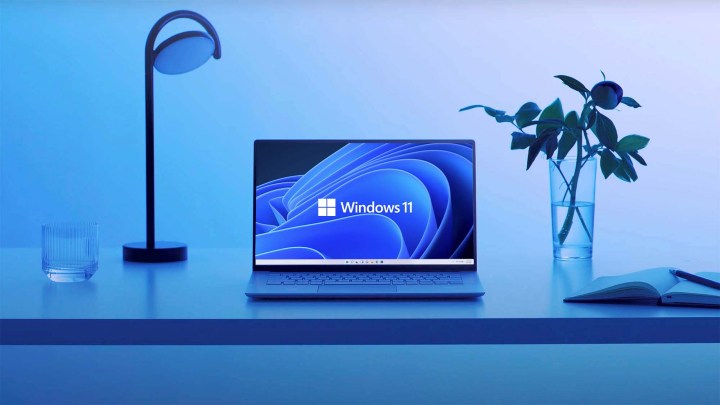Microsoft is continuing to transition users away from the Control Panel on Windows 11 by moving various options to the Settings app.
Windows 11’s latest preview build, version 22523, introduces key changes as part of the company’s “ongoing effort to bring over settings from Control Panel into the Settings app.”

The first major change sees links to the Programs & Features section in the Control Panel now opening in the operating system’s Settings application. Specifically, it’s been moved to the Installed Apps section. When the update eventually rolls out to all Windows 11 users, it means you’ll no longer be able to uninstall or change programs on a PC through the standard Control Panel access point.
Microsoft also decided to shift the Uninstall Updates option from the Control Panel to a new page found within Settings via the Windows Update and Update History sections.
As we’ve seen with certain aspects of Windows undergoing a complete user interface overhaul such as the taskbar, Microsoft is clearly preparing to phase out the Control Panel that’s been a mainstay feature for well over a decade in favor of its new Settings app, which was initially introduced via Windows 8. Until now, Control Panel was mostly immune to major changes, but Microsoft obviously intends to simplify it with the Settings app.
Other segments that were moved away from the Control Panel earlier this month with a previous build included advanced sharing settings. Network discovery, file and printer sharing, and public folder sharing are now all located under Advanced Network Settings in the Settings app. And Some of the entry points for network and devices settings found in the Control Panel are now redirected to the equivalent pages in Settings.
Aside from the Control Panel changes, the Windows 11 22523 preview build available for users enrolled in the Insider program also fixes several issues. One such problem that has been patched is a bug that caused ARM64 PCs to crash due to a memory management error. App icons should also no longer overlap the date and time operating on secondary monitors when there’s a lot of apps opened by the user.
In regard to Widgets, Microsoft fixed the issue that resulted in links not opening properly when opening the widgets board through the hover function.
Most recently, Microsoft brought back a useful Windows 10 feature to Windows 11 in the form of the weather widget. Voice access functionality was added as well, conveniently allowing users to control their PC solely through voice commands. Another major change unveiled by Microsoft was the famed Command Prompt being replaced by Windows Terminal.
All these changes will become available for all Windows 11 users sometime during 2022. As for upcoming improvements that are in the pipeline for the OS, performance in particular will be an area of focus for Microsoft next year. Thus far,
Editors' Recommendations
- Windows 11 might nag you about AI requirements soon
- You’re going to hate the latest change to Windows 11
- Windows 11 tips and tricks: 8 hidden settings you need to try
- Microsoft finds a sneaky way to slip more ads into Windows
- Microsoft announces a new threat to push people to Windows 11




